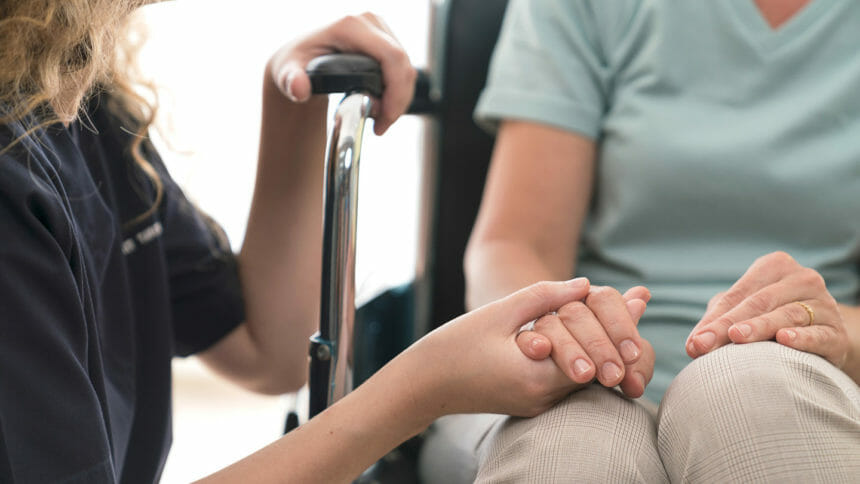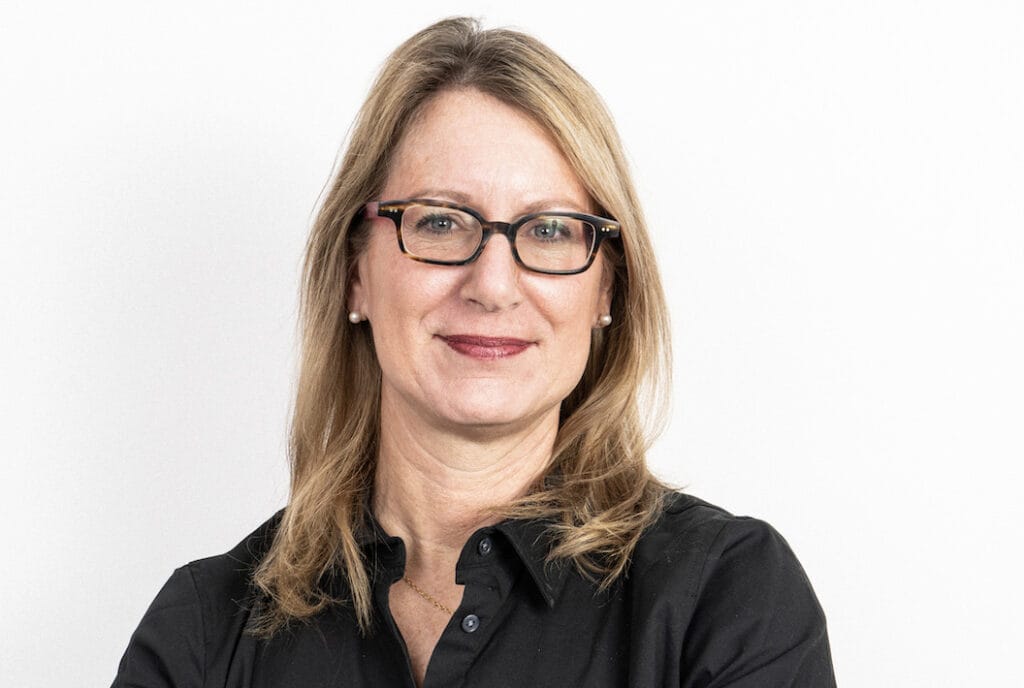
In a call to action Wednesday, home care industry leaders launched the Home Care Workforce Action Alliance to tackle the growing caregiver shortage.
The National Association of Home Care and Hospice, the Home Care Association of America and Bayada Home Health Care kicked off their new alliance during a virtual press conference. The organizations called for a collaborative, multidimensional approach to attracting more workers to the home care industry.
“If something is not done soon, no longer will home care be an option for people who need help to stay at home,” HCAOA CEO Vicki Hoak said.
The organizations informally unveiled the new alliance two weeks ago during a meeting of NAHC’s Private Duty Home Care Advisory Council. For months, the groups have been lobbying Congress separately to pass legislation, including Build Back Better, to funnel billions of dollars into better wages and training for direct care workers. They’ve also been lobbying state legislatures for better Medicaid reimbursement rates and streamlined regulations. Some efforts have paid off and some haven’t, so the organizations jointly decided a more cohesive effort could bring better results.
NAHC President William Dombi said better pay for direct care workers is a priority for the alliance, but the group will also address a multitude of issues affecting the industry.
“Everything from funding to scope of practice to credentialing of the workforce are all in play,” Dombi explained to reporters. “I don’t think it will be all federal or all state or all legislative versus regulatory. It’s going to be all of the above.”
The alliance estimates the long-term care industry will need to fill more than 8 million jobs within the next six years. Although the worker shortage has been a problem for at least a decade, the COVID-19 pandemic made it worse. While demand for caregivers has increased over the past two years, burnout from the pandemic has prompted many workers to quit direct care. As a result, many agencies have been forced to turn away clients. Bayada Chief Government Affairs Officer David Totaro said the number of unfilled hours of care tripled at Bayada during the height of the pandemic and hasn’t yet improved.
“In September of 2021, we had to decline 50% of all of the cases that we received,” Totaro said during the press conference. “By the end of March 2022, our declination rate was approaching 67%. This means two out of every three cases are going unfilled.”
As part of the alliance kick-off Wednesday, leaders also introduced Voices for Care at Home, a campaign that focuses on home care workers’ stories. The workers will share their experiences and challenges working in home care through videos. In one video, home care worker Cathy Creevy talked about the joy her job brings, but also the toll it has taken on her life.
“This is an exhausting job. People think it’s just pushing a broom, doing some dishes and doing a load of laundry and it’s not,” Creevy said.
The alliance is calling on other healthcare organizations, home care providers and government entities to join the group. More information about the alliance can be found on its website at homecareaction.com.



